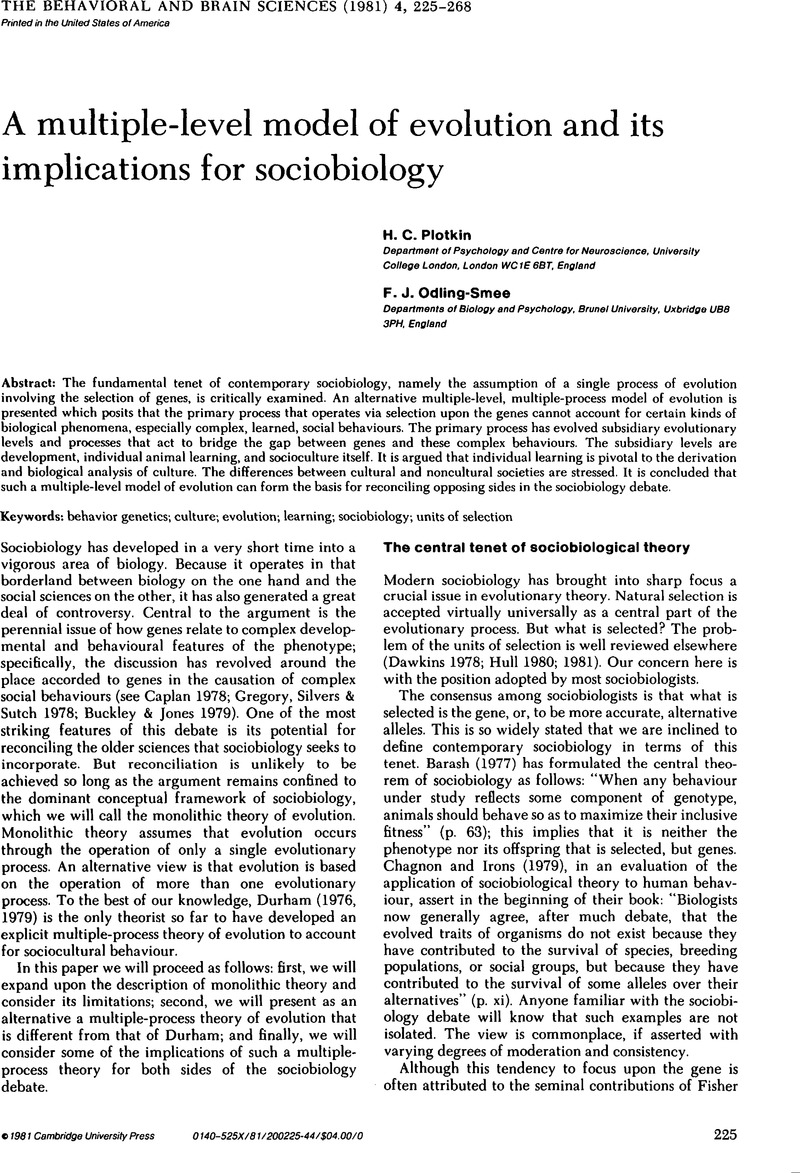Chagnon, N. A. (
1979) Mate competition, favoring close kin, and village fissioning among the Yanomamo Indians. In:
Evolutionary biology and human social behavior, ed.
Chagnon, N. A. &
Irons, W., pp.
86–
132.
North Scituate, Mass.:
Duxbury Press. [HCP]
Google Scholar 